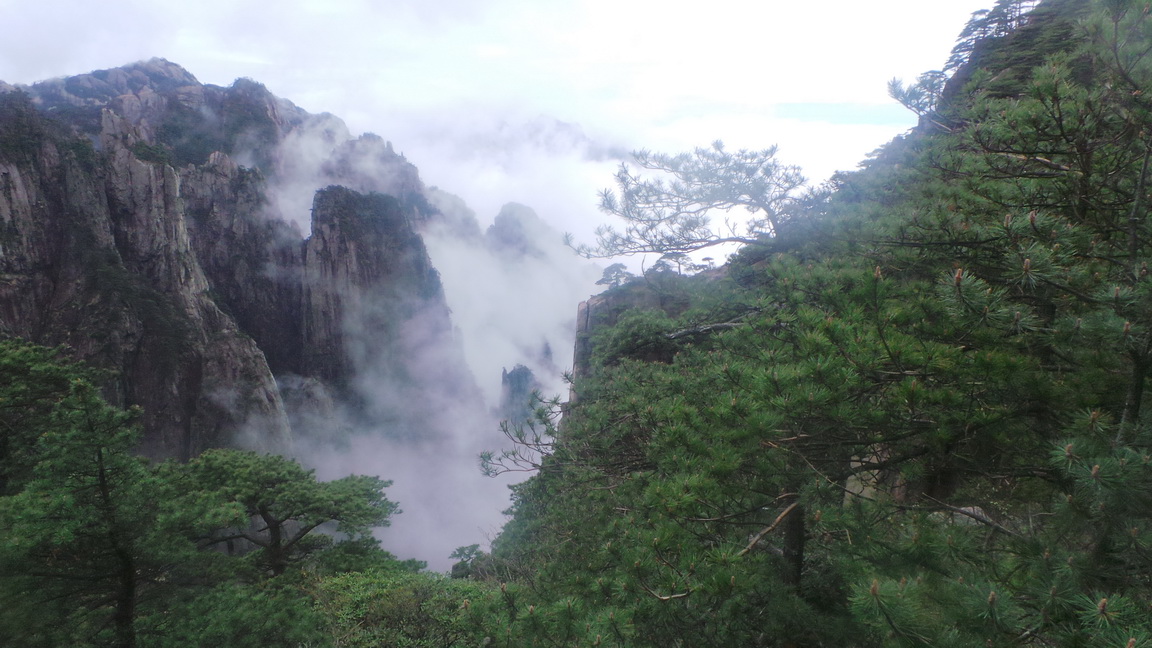 |
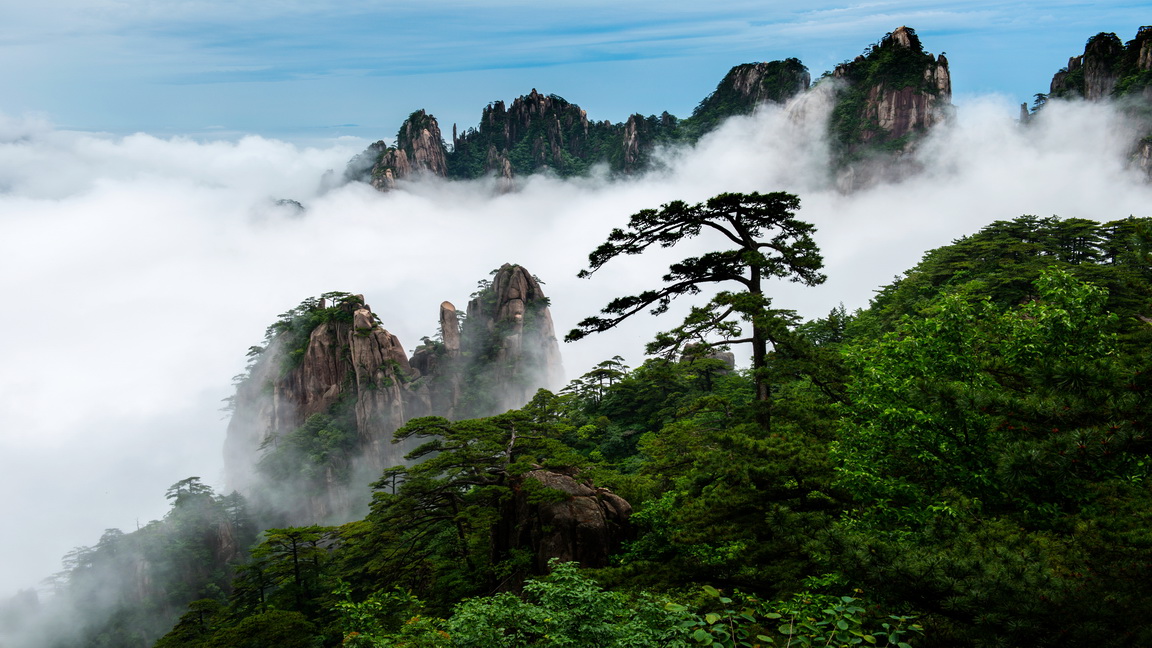 |
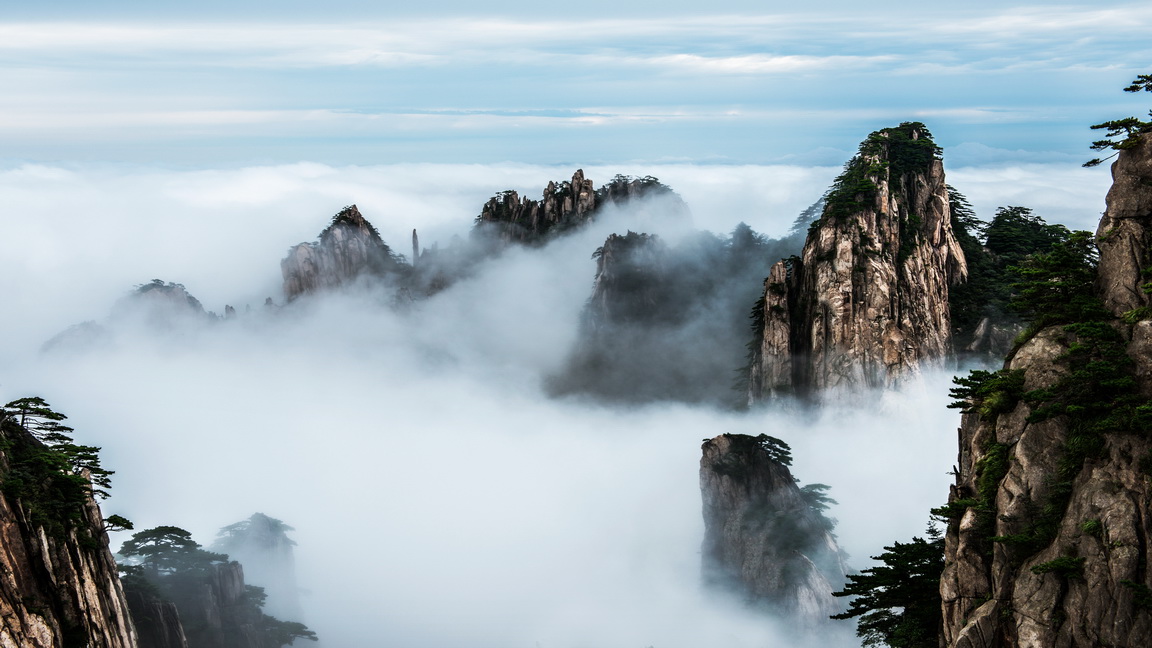 |
 |
|
Tunxi Ancient Street
Tunxi Ancient Street is situated in the center of Tunxi District, the location of Huangshan City Government.
The street with centuries-old history dates back to the Song Dynasty (960-1279). Emperor Huizong (1082-1135) moved his seat of government to Lin’an (now is Hangzhou), when many architects and workmen were conscripted to construct the new capital. After returning to their hometown, they imitated the structural style to build architecture along the street, so Tunxi Ancient Street was formed. At the beginning of the Ming Dynasty (1368-1644), a merchant in Anhui invested money to build 47 stores so as to attract businessmen, which contributed to the communication of the street with outside world. Gradually it developed into the distribution center for materials in and out of Anhui in the Qing Dynasty (1644-1911).
The street is paved with maroon flagstones with a total length of 1,273 meters (about 1,392 yards), of which 895meters (about 979 yards) is the pedestrian commercial street. Shops standing on both sides are generally of two or three floors, which feature the local Anhui style of stone base, brick construction and tile roof. The layout of these buildings commonly takes on the appearance of shops in front while houses and workshops are to the rear. Once a professor from America was amazed by the street and he said he had found an Oriental Ancient Rome. Nowadays the street is also used as a natural studio for films and TV series.
There are two well-known museums in the street. One is the Tunxi Museum with a display of furniture from the Ming and Qing dynasties on the first floor and an exhibition of calligraphy, paintings and china upstairs. The other is Wancuilou, a four-storey structure which is the first private museum of ancient architectural style. Famous ink stones and the four treasures of study, writing brushes, ink sticks, ink slabs and paper are displayed or for sale on the first floor. Here you can find the biggest inkstone weighing more than 12,500 kilograms (about 27,558 pounds). Cultural relics and other artworks collected by the owner of the museum are exhibited on the second floor.
Along the street there are many shops that have existed for over one hundred years. Curios and knick-knacks including inkstones, brushes, local teas, and Mao badges can also be found. It is a paradise for tourists to buy souvenirs rich in Chinese culture with comparatively lower prices and is a must-see when you are traveling in Huangshan City.
|
 |
||
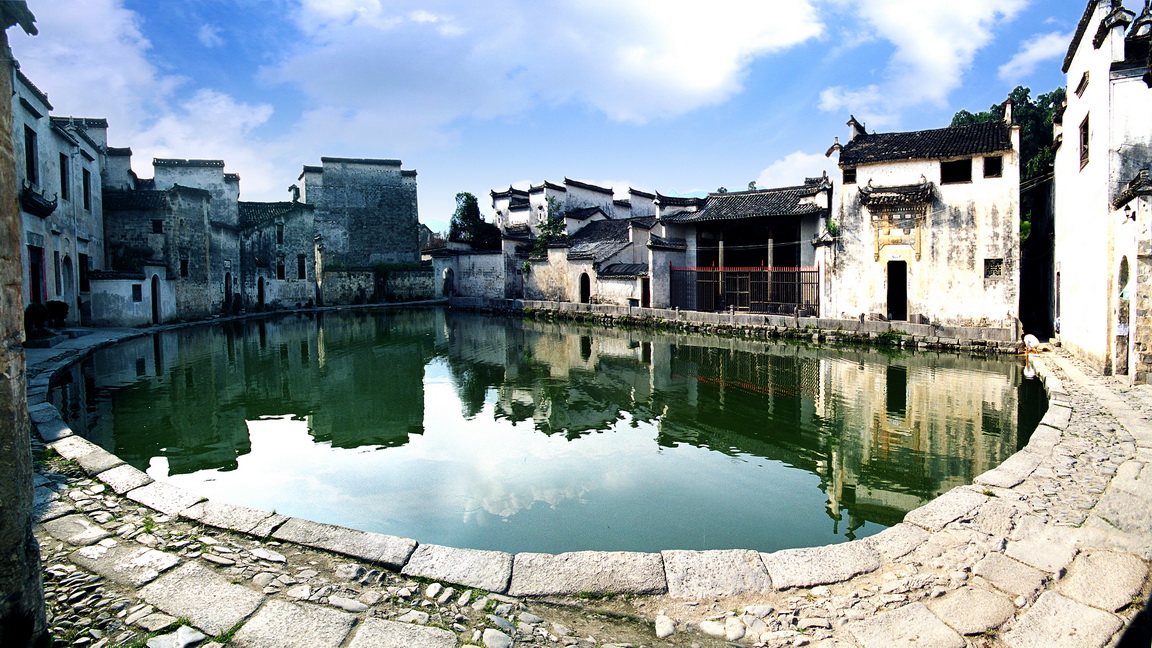 |
|||
 |
|||
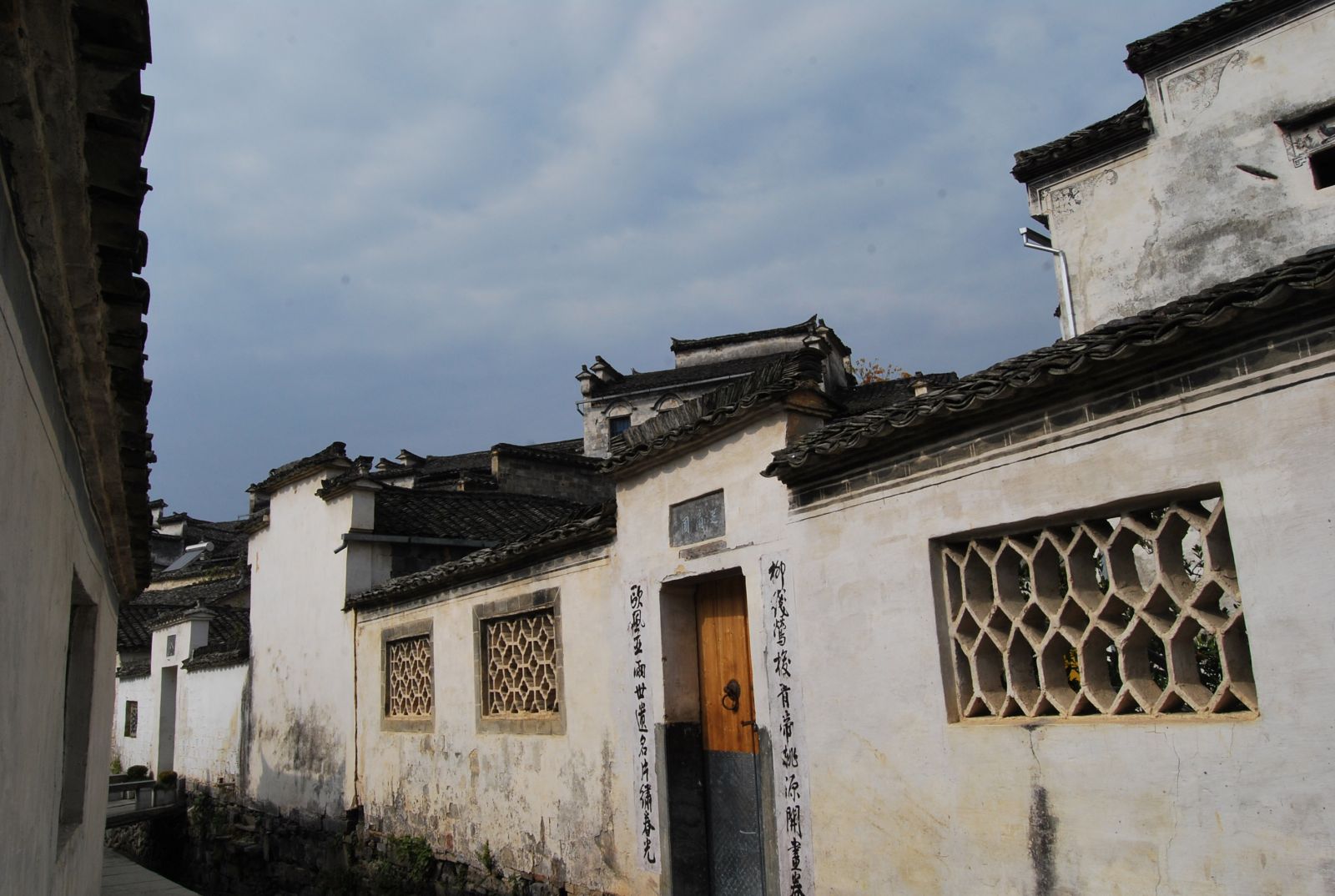 |
|||








